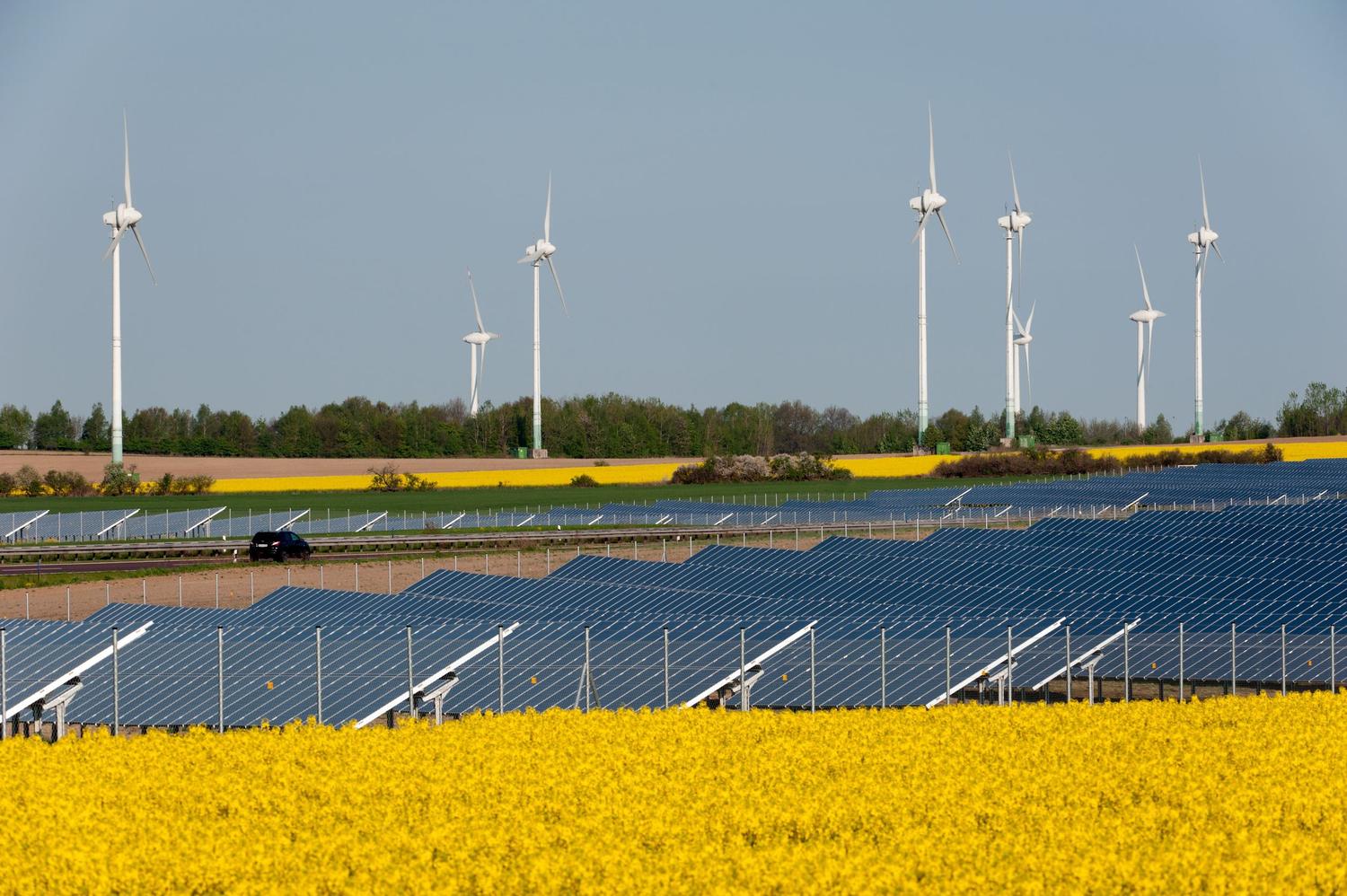Electric grids have demonstrated the ability to adapt to some fraction of intermittent renewable generation, as long as there is sufficient dispatchable generation available to meet contemporaneous grid demand when the intermittent renewables are not producing power or are producing power at less than rated capacity. The dispatchable generating capacity is currently predominantly fossil fueled, since existing nuclear generating capacity is largely base loaded.
However, as grid demand grows as the result of population growth and a move to “all-electric everything” and the quantity of intermittent renewable generation increases, there will be a growing need for additional dispatchable generating capacity. However, the parallel pressure to close both coal and natural gas generating facilities will lead to decreased, rather than increased, dispatchable fossil-fueled generation capacity in both absolute and percentage terms. This would lead to reduced grid reliability and resiliency, and probably to managed blackouts to avoid grid collapse.
The current industry paradigm is for the utility industry to accept connection to unsmoothed and non-dispatchable intermittent renewable generation and to accept all power produced by those generators on a priority basis. That paradigm is sustainable as long as dispatchable generation capacity exceeds intermittent renewable generating capacity. However, current federal climate change efforts to promote intermittent renewables and force closure of dispatchable fossil-fueled generation presage the end to that paradigm.
The North American Electric Reliability Corporation (NERC) is currently raising concerns about grid reliability and resilience. NERC should work with the Federal Energy Regulatory Commission (FERC) and the National Association of Regulatory Utility Commissioners to assure that the transition to a grid based on intermittent renewable generators continues to provide economical, reliable power. Two essential aspects of such a transition are dispatchable generation and economic dispatch.
The federal and state regulators should encourage and support a utility requirement that all new intermittent renewable generation sources connected to their grids include sufficient storage to render them dispatchable and sufficient excess generating capacity to recharge storage after use. The storage necessary to meet this requirement would depend on the maximum number of consecutive hours or days during which the generators were unable to operate because of low solar insolation or inadequate or excessive wind conditions and the frequency of such occurrences. The generators could be required to be dispatchable 85% of the year, which is the common dispatchability percentage for coal generating stations.
The resulting dispatchable renewable generators would be capable of replacing conventional coal and natural gas generators, rather than merely displacing the output of conventional generation when the intermittent generators were operating. Their ownership and operating costs would be directly comparable to the ownership and operating costs of conventional generators, particularly if current federal and state incentives were terminated. A return to economic dispatch would maximize power supplied by the lowest cost generators, eliminating the current preferences for renewable generation and minimizing wholesale power costs.
The storage required to render intermittent renewable generators dispatchable is currently very expensive and is not capable of delivering stored power for the expected duration of renewable generation unavailability. This is a critical impediment.
